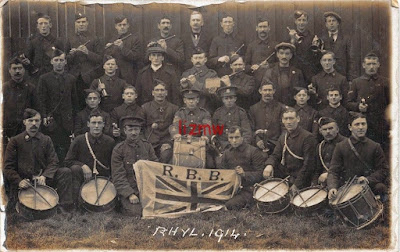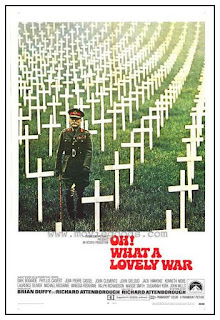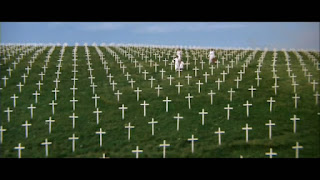Blessed are the peace makers and not the war makers. The image above is captioned Denbighshire T.Y. RHYL 1912 "Church Parade". Abbreviation T.Y. may stand for Territorial Youth. On the other hand, it may not.
Click on any image to see a bigger version.
The Rhyl district, a comparatively safe place, has been ideal for military training camps. Here is a picture captioned The Lancashire Hussars Camp at Rhyl 1909:
The following is Western Signal Camp, Royal Engineers Camp at RHYL 1913 (the year before The Great War aka World War 1 began):
Below: Taking a break at Denbighshire Hussars Camp Rhyl 1914.
Recently the next item was for sale on Internet, hence the seller's logo. The accompanying description said DRUM MAJOR PALMER 1st RHONDDA BATT WELSH REGIMENT BAND POSE RHYL 1914:
The letters R.B.B. above must stand for Rhondda Battalion Band. I wonder why soldiers from South Wales were up here.
The next was taken at Kinmel Park Camp, Bodelwyddan, in 1916 by which time the war was half over. It is in the form of a postcard addressed to John Evans Esq of Kensington, Liverpool.
The postcard bears the following message on the reverse: "Waiting for a word from you. I have blood poison in my right hand & be home very soon. Your friend, Dick."
The card below reflects the toxic combination of patriotism and emotional blackmail that led an estimated 744,000 young Britons to their deaths in that dreadful conflict.
Recommended film: Oh! What A Lovely War (1969) directed by Richard Attenborough, from an epic stage musical created by Joan Littlewood's ensemble at Stratford, London, in 1963.
--
Colin Jones / email: rhyl.colin.jones@live.co.uk
--
THU 23rd NOV 2017 UPDATE: A dramatic shot of Denbighshire T.Y. galloping on the sands near their Rhyl camp in 1912:
--









